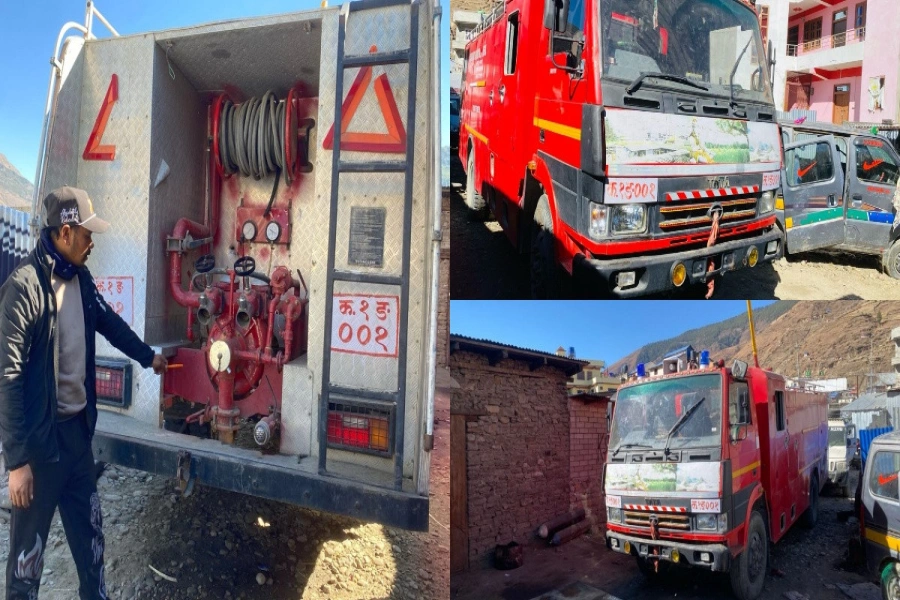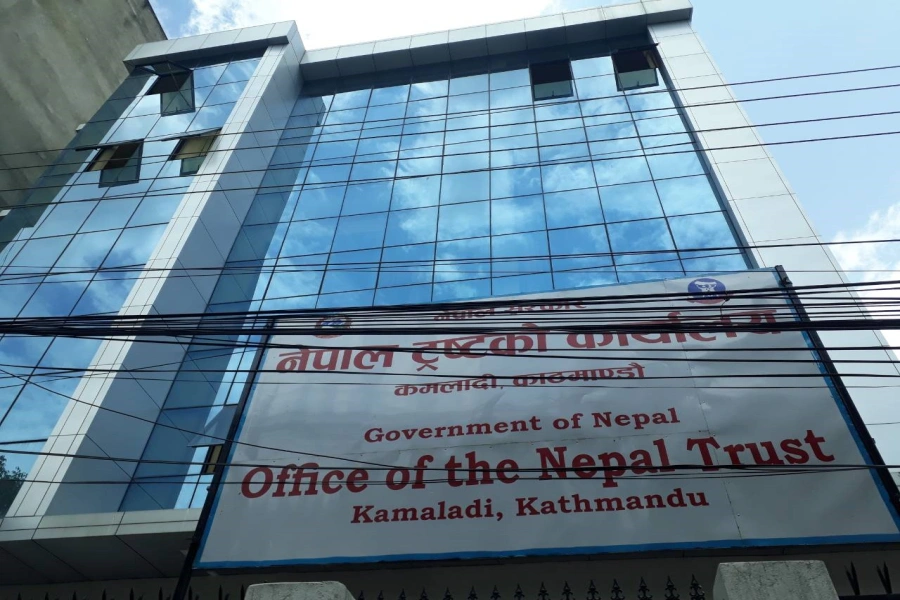Why does the Nepal government practically do nothing about forest fires, an annual phenomenon?
As Nepal grapples with an alarming increase in forest fires, with 379 incidents reported in 17 districts on a single day on April 19, it is evident that urgent action is needed to combat this pressing environmental crisis. The Department of Forests and Soil Conservation has declared this year's numbers to be the highest on record, with forest fires becoming more frequent and widespread due to factors such as rising temperatures, unfavorable weather conditions, presence of flammable materials in forests, and territorial difficulties. The time has come for the government to step up its efforts in addressing this critical issue and take proactive measures to prevent forest fires from occurring in the first place.
Forest fires have been an annual phenomenon in Nepal, primarily occurring from January to May, and often affecting the Terai and Inner Terai regions of the country. In recent days, districts such as Dang, Chitwan, Arghakhanchi, Pyuthan, and Surkhet have reported a surge in wildfire incidents. The Department of Forests and Soil Conservation has identified human activities, such as deliberate burning by locals in the hope of promoting grass growth, as a significant cause of forest fires. Additionally, bushfires resulting from unattended cooking fires by picnickers and discarded cigarette butts left by shepherds and other visitors to the forest have also been identified as contributing factors.
25-year-old frozen embryo results in healthy baby girl

While controlled forest fires can be a useful tool for forest management, the recent surge in uncontrolled wildfires in Nepal demands immediate attention and action from the government. The consequences of forest fires are far-reaching and devastating, not only for the natural environment and wildlife but also for public health and well-being. The smoke generated from forest fires has blanketed the sky across the country, leading to air pollution and causing health problems for the population. Moreover, the loss of valuable forest resources, including timber, medicinal plants, and biodiversity, has severe economic and ecological implications.
It is imperative for the government to take a proactive approach in tackling forest fires, rather than being a passive observer. The current practice of merely releasing data on forest fires to the media and waiting for them to extinguish on their own or for the monsoon rains to arrive is insufficient. The government must prioritize forest fire prevention and develop effective strategies to mitigate the risks associated with forest fires. This includes investing in forest management practices that reduce the risk of forest fires, such as controlled burning, clearing of dry leaves and debris, and creating fire breaks. The Department of Forests and Soil Conservation should also work closely with local communities, raising awareness about the dangers of forest fires and engaging them in forest fire prevention efforts.
Furthermore, the government should enforce strict regulations and penalties for those found responsible for starting forest fires deliberately or negligently. According to the Department of Forests and Soil Conservation, 64 percent of forest fires are caused by people knowingly, including picnickers' cooking fires and burning cigarette butts left by shepherds and other visitors to the forest. Holding such individuals accountable through fines, penalties, and legal actions will deter such behavior and create a sense of responsibility towards forest conservation. Adequate resources, including trained personnel, equipment, and firefighting infrastructure, should be made available to forest departments and local communities to respond promptly and effectively to forest fires.
In addition to addressing the immediate challenges of forest fires, the government must also address the underlying causes, such as climate change, deforestation, and encroachment into forest areas. Climate change has been identified as a major factor contributing to the increase in forest fires in Nepal, with rising temperatures and changing weather patterns creating favorable conditions for wildfires. Deforestation, often driven by unsustainable logging practices and land conversion for agriculture and infrastructure development, reduces the natural barriers against forest fires.
Forest fires occur annually, and we are aware of the time and places where they are likely to happen. However, we seem unable to effectively address this recurring issue. This must change. It is imperative for the government to take action to prevent and manage forest fires in a more proactive and efficient manner.
The bottom line is, the government, which appears 'frozen' in the face of forest fires every year, must get back to life to do its bit to prevent forest fires from taking place and fight them effectively when they occur. Working as a mute spectator is simply not acceptable. And the time to act is now!



































